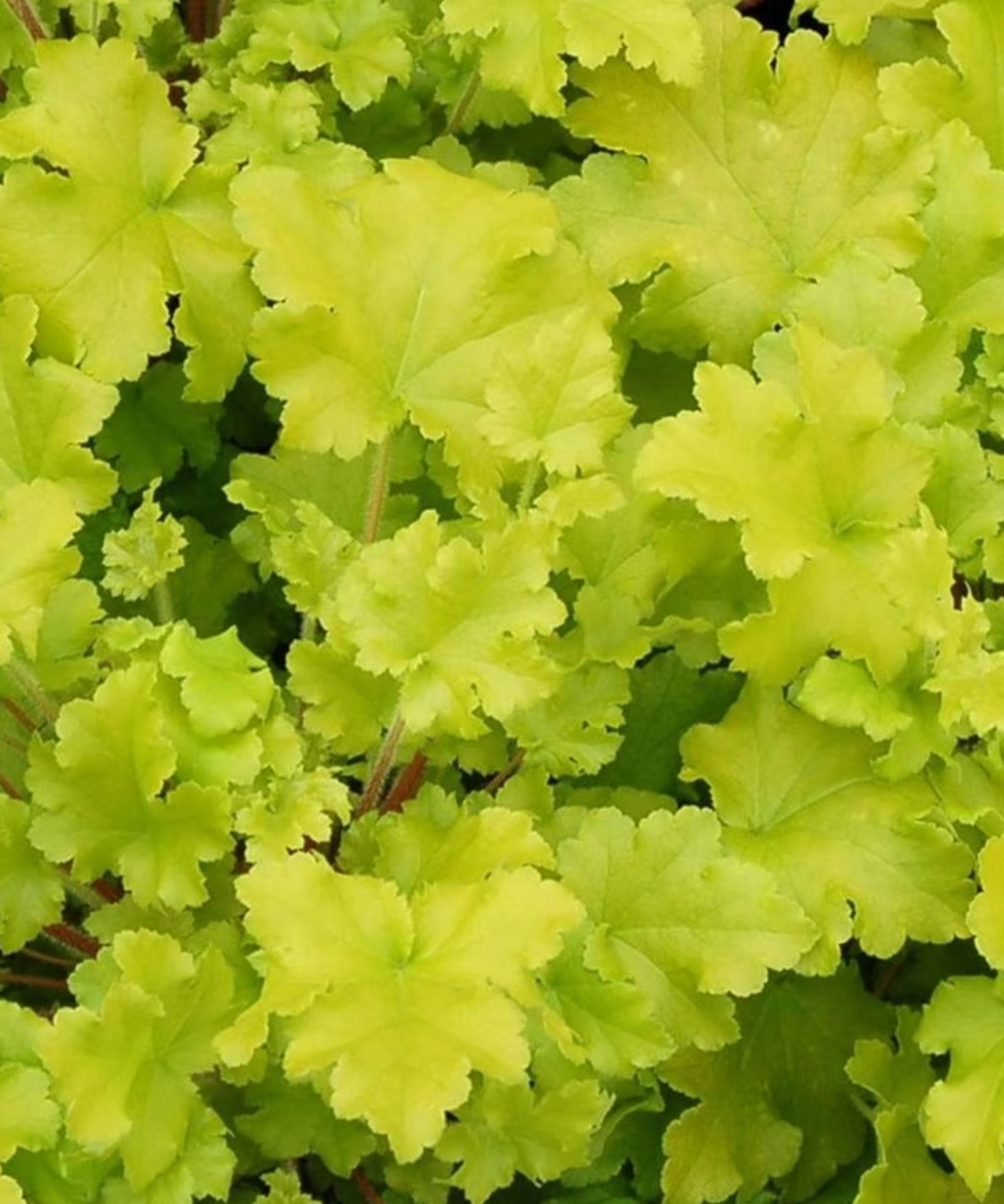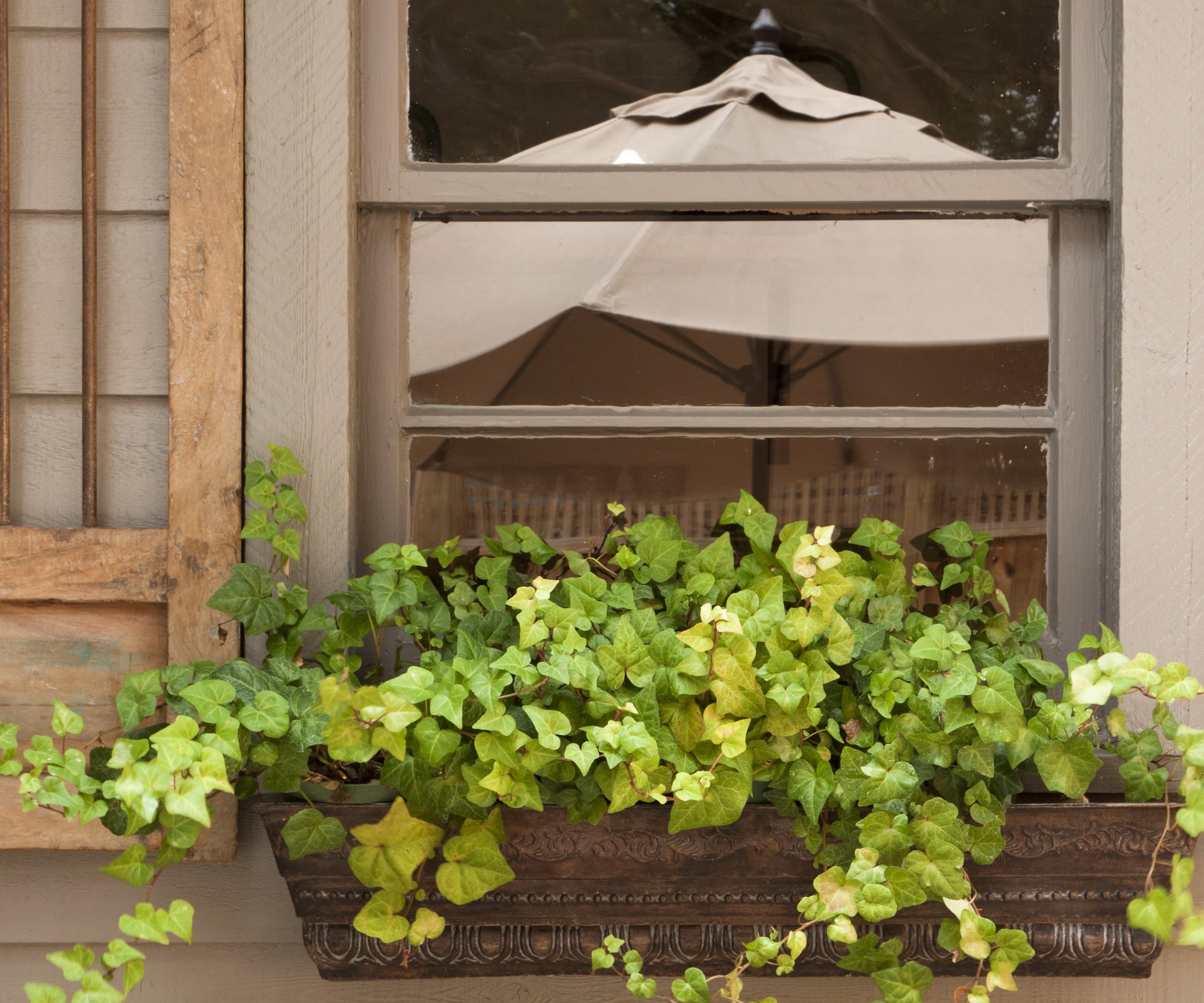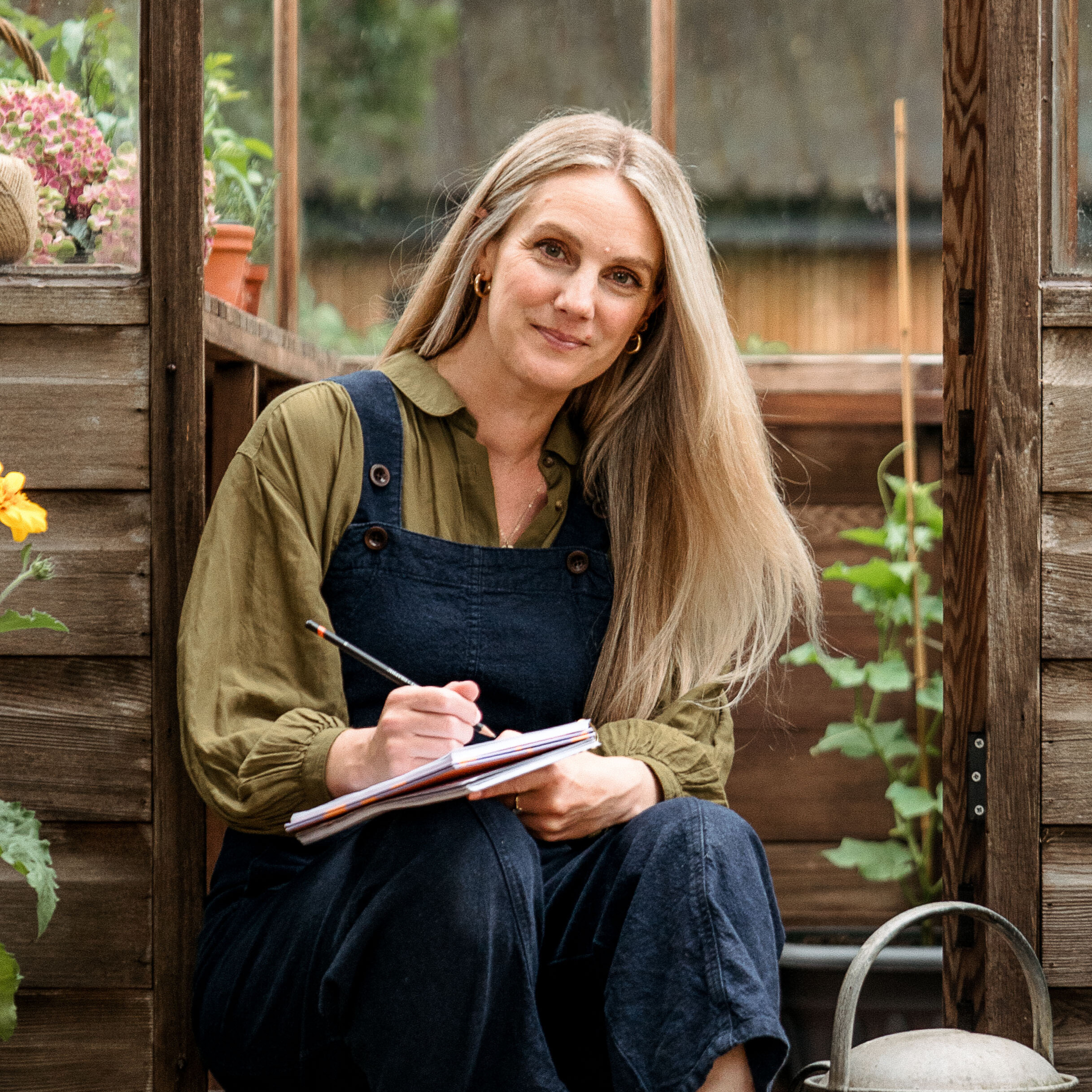Trust me, window boxes can thrive even in shade – and this is my go-to plant recipe for adding zest and light to a gloomy ledge
Picking beautiful shade plants and ensuring good drainage is key to success


I tend to think window boxes are somewhat underrated when it comes to planting options around your home – and especially as a solution to a shaded area. They are too often ignored, left to dry out and wilt, or simply contain the wrong combinations of plants, meaning they end up looking lacklustre, dated or neglected.
But this doesn't have to be the case. With the right container plants for shade in a stylish container, you can brighten up even the darkest of ledges or patio corners in your yard with a window box design – and (dare I say it) there needn't be a petunia in sight.
In the latest episode of Homes & Gardens’ social series Petals & Roots, I demonstrate exactly how to create a window box for a shade, and give you a beautiful plant recipe to get you started. It’s such a versatile design, you could make a whole bunch to line the border of your decking or frame an outdoor seating area. Here is my step-by-step guide.
A post shared by Homes & Gardens (@homesandgardensofficial)
A photo posted by on
To create a window box for shade you will need:
- A container with drainage holes - this galvanized zinc planter from Walmart is similar to the one I use in my video.
- Peat free compost, such as this organic compost from Amazon.
- Stones, such as these from Walmart.
- A selection of small shade plants.
- Bark mulch, available from Amazon.
Planting a window box for shade: step-by-step

- If your chosen container doesn’t have drainage holes, the first thing to do is drill some into the base, so that your planter has adequate drainage.
- Next, place a layer of stones into the base. This will stop any compost getting clogged into the holes, but will allow water to pass through. They also help to weigh your planter down a little more, and will prevent it from tipping over in strong winds.
- Fill your container half full with compost. A peat free, multi-purpose compost is ideal for this project. And mix in some perlite, which you can find at Walmart, to add even more drainage to your soil and keep your plants happy.
- Start by adding your largest plants at the back of your container. I chose two lime marmalade heuchera plants, which I've found available online from Amazon (also known as coral bells - for extra tips we have a great guide to growing coral bells in pots).
- Next add in some trailing plants to add interest and break the line of the top of your container to create a more natural, sorter planting look. I choose three English ivy plants (Hedera helix), also on Amazon, to trail over the edges. Fill in with a bit more compost.
- To contrast with the bright green foliage, for the final planting ingredient I picked a set of bronze leaf begonias with bright white flowers. I love the shiny bronze against the lime green; it is such an elegant combination. Add three of four plants, as many as will fill your space.
- Fill any remaining gaps with compost, then place a thing layer of bark mulch on the top of the soil to lock in moisture, and stop it from drying out.
- Water in situ, otherwise it will be pretty heavy to carry to its final location, and remember to keep watering regularly, as containers will dry out even in the shade.

FAQs
Will evergreens work in a windowbox for shade?
Yes, you can add dwarf conifers, euonymus, and herbs such as sage and rosemary. And don’t worry about them getting too large, as a plant will only grow to the size of its pot, so it shouldn’t overtake your design. You can also keep pruning it back a little to make sure it holds its shape well.
When you look at all the planting options, there are lots of stylish ways to create a window box for shade. Search out shade plants you love, then look for them in interesting and tonal shades, such as terracotta, bronze, cream and forest green for fresh fall planter ideas.
Design expertise in your inbox – from inspiring decorating ideas and beautiful celebrity homes to practical gardening advice and shopping round-ups.

Rachel is a gardening editor, floral designer, flower grower and gardener. Her journalism career began on Country Living magazine, sparking a love of container gardening and wild planting. After several years as editor of floral art magazine The Flower Arranger, Rachel became a floral designer and stylist, before joining Homes & Gardens in 2023. She writes and presents the brand's weekly gardening and floristry social series Petals & Roots. An expert in cut flowers, she is particularly interested in sustainable gardening methods and growing flowers and herbs for wellbeing. Last summer, she was invited to Singapore to learn about the nation state's ambitious plan to create a city in nature, discovering a world of tropical planting and visionary urban horticulture.